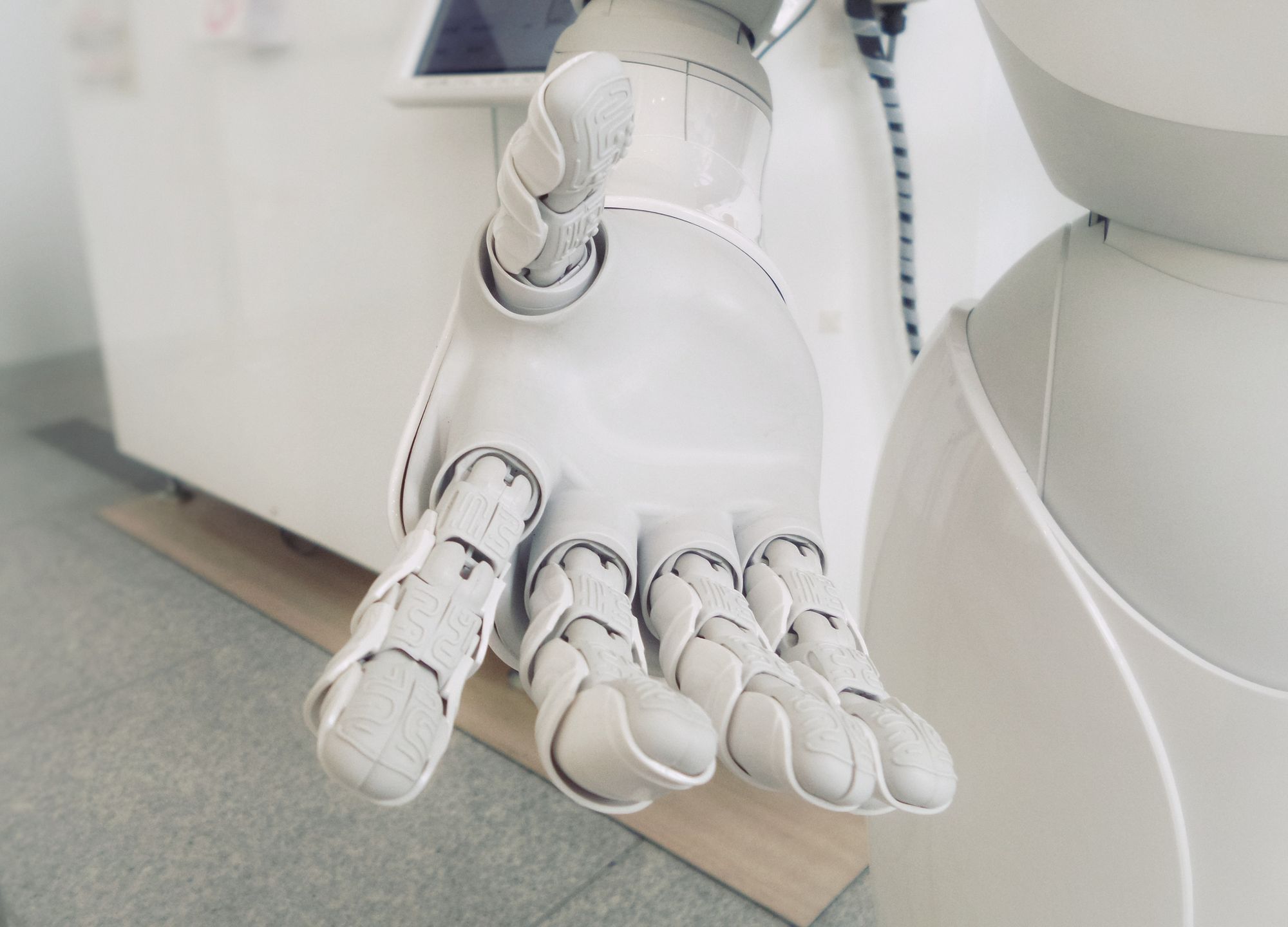By Tiberiu Toca, Third year, SciTech Investigations Editor
The concept of brain-computer interaction (BCI) is straight out of a science fiction film. The kind of plot line used by cyberpunk game designers and authors is the notion of connecting a person's brain to a machine to enhance the person's capabilities and help them overcome the constraints of their flesh. But it is quickly becoming a fact.
What are BCIs? BCIs are machines that communicate with the brain. They can receive, send, and instruct energy to other computers. BCIs are specifically tiny processors that link to your brain. Think of brain-monitoring devices as blood-pressure sensors that do not wrap around your arm. When neurons communicate with one another, they release tiny quantities of electricity. These signals are detectable by artificial instruments.
Computers can analyse those electrical patterns thanks to BCIs. For example, the computer might detect a signal and identify it as the pattern you would typically use to attempt to move your arm. The ability to move a robotic arm using the same pattern-tracking capabilities is not, comparatively speaking, a huge leap.

Artificial instruments can detect these signals, and computers can analyse the electrical patterns through BCIs. One application of BCI is to enable people with tetraplegia to control robotic arms directly with their brain activity. This is distinct from BCIs having the capacity to discern minds.
To build functional BCIs, developers only need to know that our brains experience an electric pulse in a region equivalent to where our limbs move. Therefore, if we check for a heartbeat there and discover one, the BCI will infer that you are trying to stretch your arm. BCIs are still more complicated than that. Some BCIs not only sense pulses but also initiate them. By electrically stimulating the brain directly, BCIs are being designed to identify epileptic seizures before they occur and even stop them.
The intellect and brain are often called science's final frontier. Brain-computer interfaces are the newest method for understanding the mysteries of the psyche. Publicly funded programmes like the Human Brain Project have aimed to hasten the study of our brains to better understand them, treat diseases, and enhance cognitive performance. Several businesses in the private sector are trying to create efficient brain-machine interfaces for a variety of applications
The intellect and brain are often called science's final frontier
Neuralink, founded by Elon Musk, is developing tools to aid people suffering from disabilities, memory lapses, hearing loss, blindness, and other neurological issues. They plan to sew tiny electrodes that resemble strands into the human brain so that artificial intelligence (AI) can directly access and control the brain's cells. Neuralink has raised $373 million in financing since its establishment in 2016.
On the other hand, Kernel is developing the next iteration of brain measurement systems using time domain-functional near-infrared spectroscopy. Their Kernel Flow is the world's first wearable full-head coverage TD-fNIRS system that can maintain or enhance the performance of current benchtop systems. The goal of Kernel was initially to create a method to store memories external to the brain and upload fresh memories to the hippocampus, the brain's memory centre.

Synchron is a brain interface startup that is developing technology to revolutionise the lives of people with paralysis. People without any or little physical mobility can use the Synchron Switch, which is implanted through blood vessels, to control technology such as cursors and smart house appliances. While many competitors must perform open brain surgery to implant their BCIs, Synchron relies on a less invasive strategy that draws on decades-old endovascular techniques.
The Stentrode, a stent made by Synchron, is implanted into a large vein next to the motor cortex and is equipped with small sensors. The Stentrode is connected to a chest-under-skin antenna that collects and transmits unprocessed brain data to outside devices. Although the quality of the brain signal is not ideal, the procedure is less invasive and more accessible because the device is not implanted directly into the brain tissue. With Synchron's technology, people who have severe paralysis or degenerative diseases like amyotrophic lateral sclerosis, or ALS, can regain their ability to interact with loved ones and the outside world by typing, texting, or even using social media.
BCI is fraught with dangers and unknowns, just like any newly developed technology. It is crucial for developers to consider the moral and legal ramifications of complex and terrifying scenarios before BCI matures. For instance, innovative BCI technology may be used to control feelings or even lessen pain. What occurs when military people are not as afraid when they are in battle? What neurological side effects might soldiers encounter upon returning home if they lack their "superhuman" qualities? The moment is right now to consider these possibilities and make sure that safeguards are in place.
Featured image: Milad Fakurian/Unsplash









